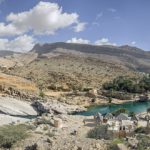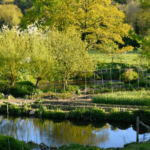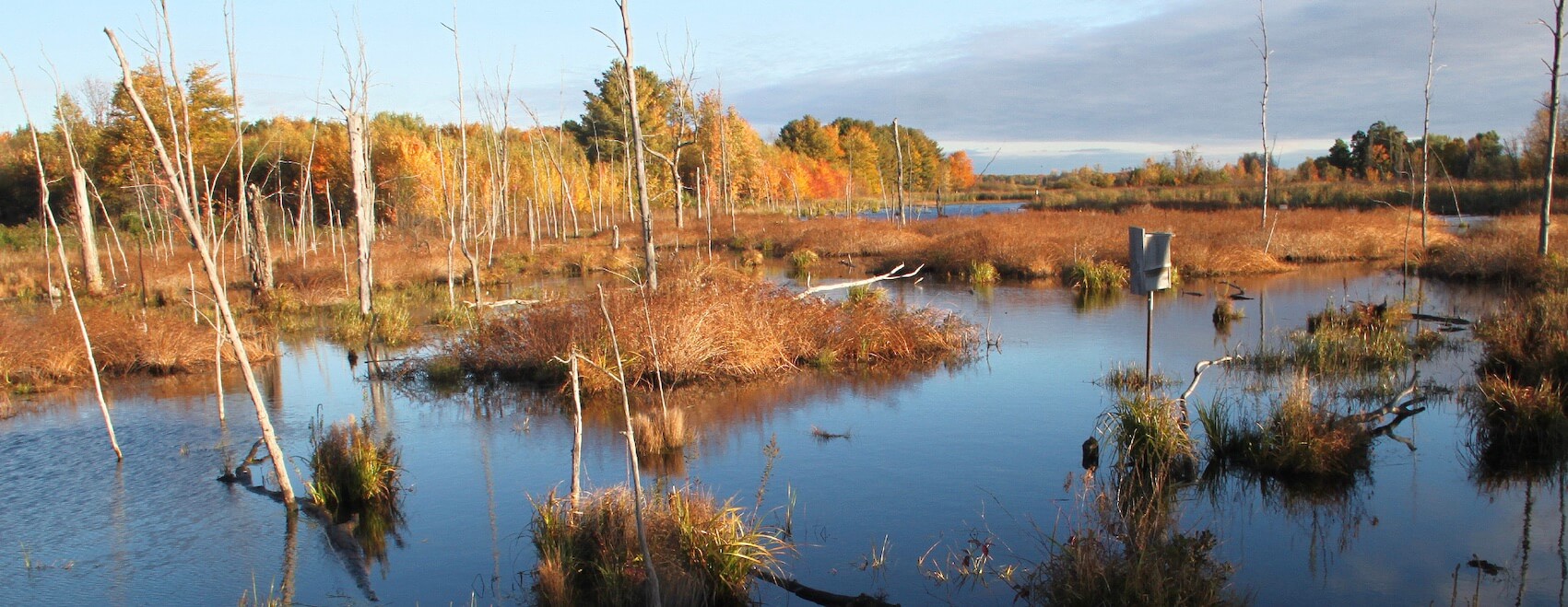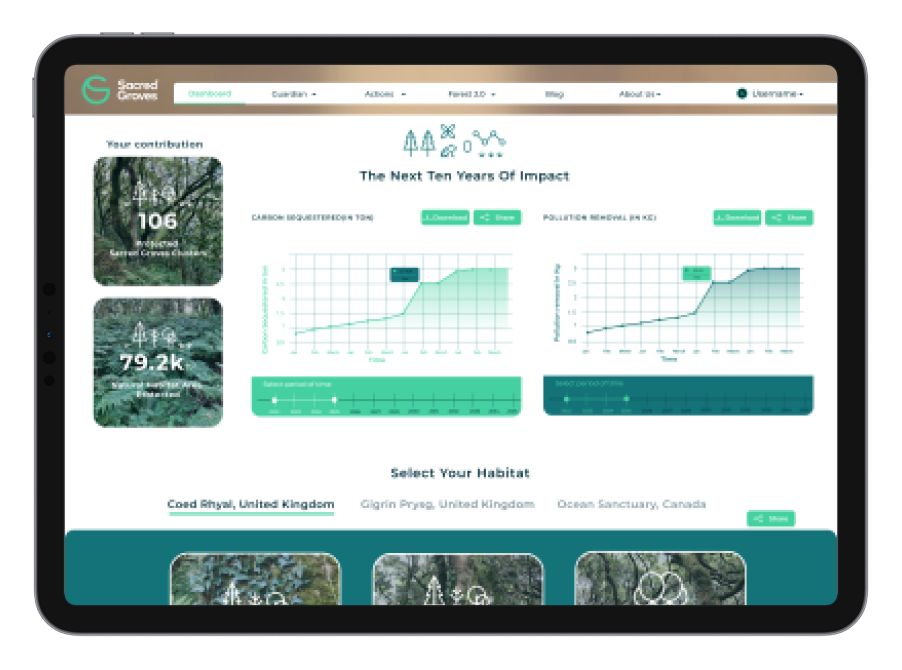At the frontline of the impacts of the climate crisis, Canada’s indigenous communities are hoping to be part of the solution, as one radical renewable energy project shows…
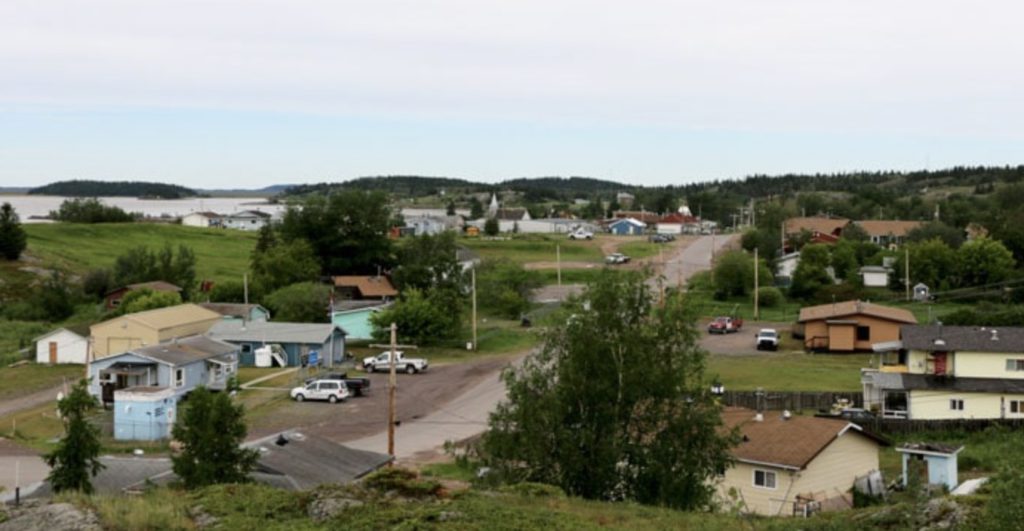
Fort Chipewyan 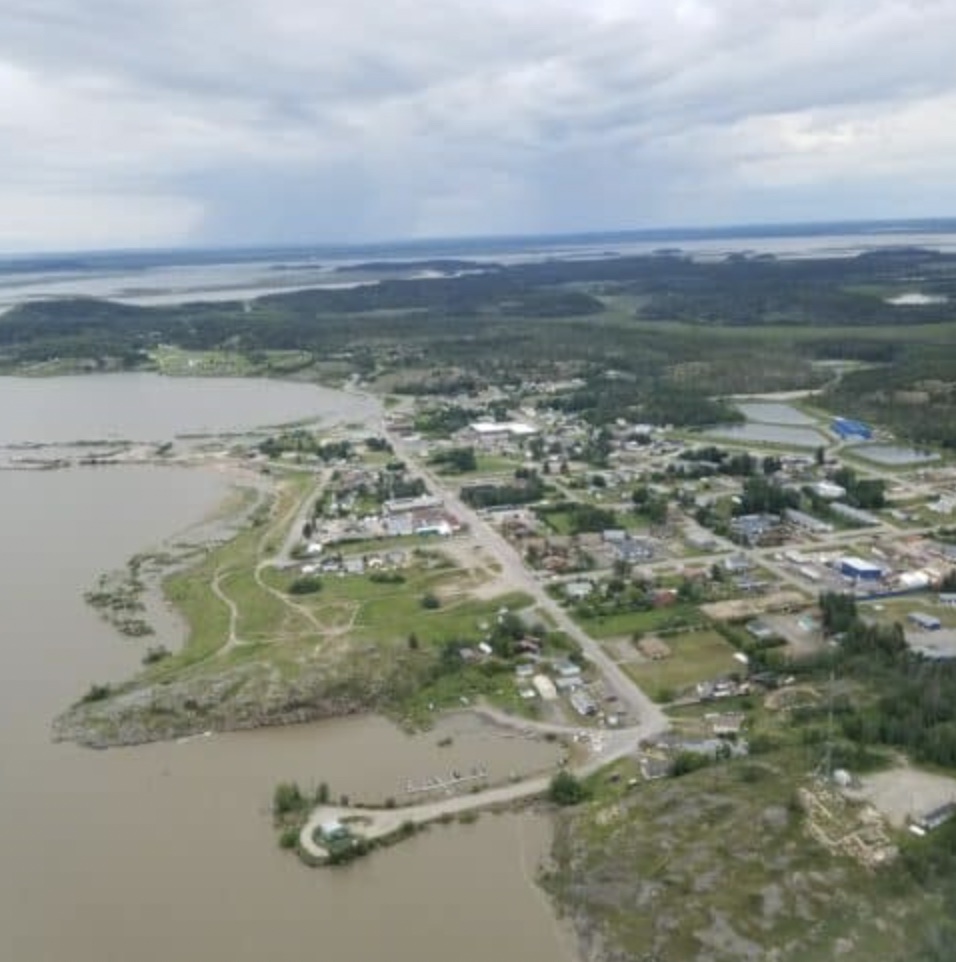
Fort Chipweyan aerial view
With its lofty pines and vast, glassy lakes, its rare roaming wood bison and endangered whooping cranes, Fort Chipewyan seems like one of the world’s last true wildernesses. Yet even in this remote spot, with its rich natural resources, the effects of the climate crisis are an ever-more pressing daily reality.
This community of 1,000 souls, many of whom are descended from the Chipewyan, Misikew Cree and Métis First Nations tribes, have for decades had their heat and cooking power supplied by a diesel power station owned by Canadian energy group ATCO, which trucks in its heavy black liquid fuel via barge down the northern Alberta’s waterways, or via the ice roads that form across its lakes and tributaries during the freezing autumn and winter months. The trouble with this arrangement, however, was climate change. With Canada’s north warming nearly three times faster than the global average, both the river barge and ice road seasons are becoming increasingly unpredictable.

In 2018, a group of First Nations leaders in Fort Chipewyan decided that enough was enough. In a joint venture of the Mikisew Cree First Nation, Athabasca Chipewyan First Nation and the Fort Chipewyan Métis Association, Three Nations Energy (3NE) they decided to bring an ambitious renewable energy project to their remote community.
“We worked together and we made it happen,” Chief Allan Adam of the Athabasca Chipewyan First Nation said at an event celebrating the completion of the project’s second and final phase.
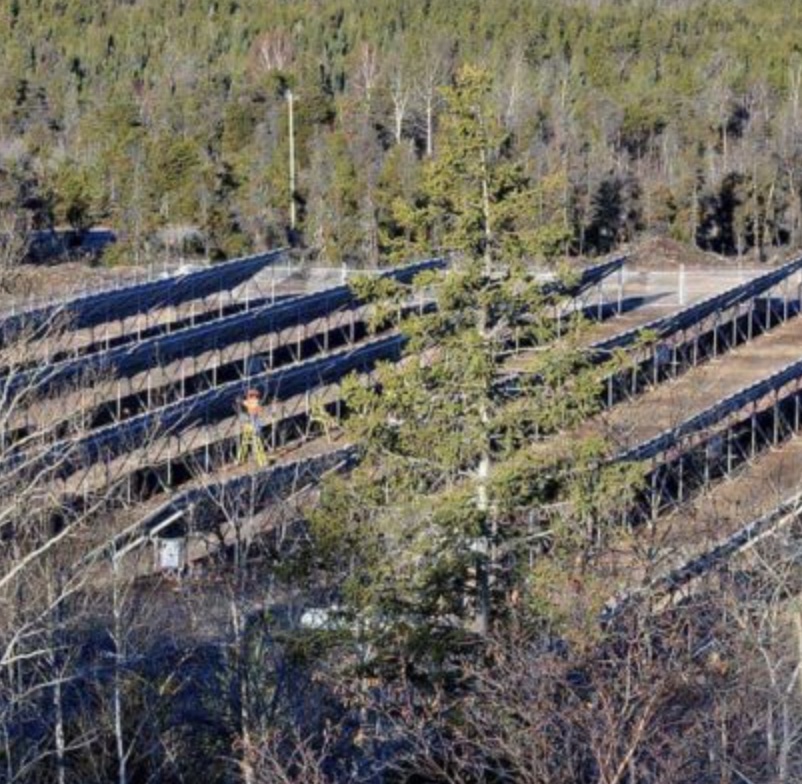
Replacing 800,000 litres of diesel a year, or 2,500 tonnes of carbon emissions, the Three Nations Energy Solar farm project is Canada’s largest remote off-grid solar farm in Canada, with 5,760 solar panels supplying Fort Chipewyan with 25 percent of its energy needs (in the first phase). The solar farm’s energy will be bought under a long-purchase agreement by ATCO and supplied back to the local grid.
Blue Eyes Simpson, Vice President of the Fort Chipewyan Métis Association and one of the founding directors of First Nations Energy, has lived in Fort Chipewyan all of her life. Simpson is area manager for Parks Canada as well as an advocate for sharing the stories of First Nations elders with younger generations, in a bid to reawaken an imperative for protecting the national environment.
“Our people have a proud tradition of making our livelihood from the sustainable use of local renewable resources,”she says. “We are committed to being good stewards of the land for future generations.”
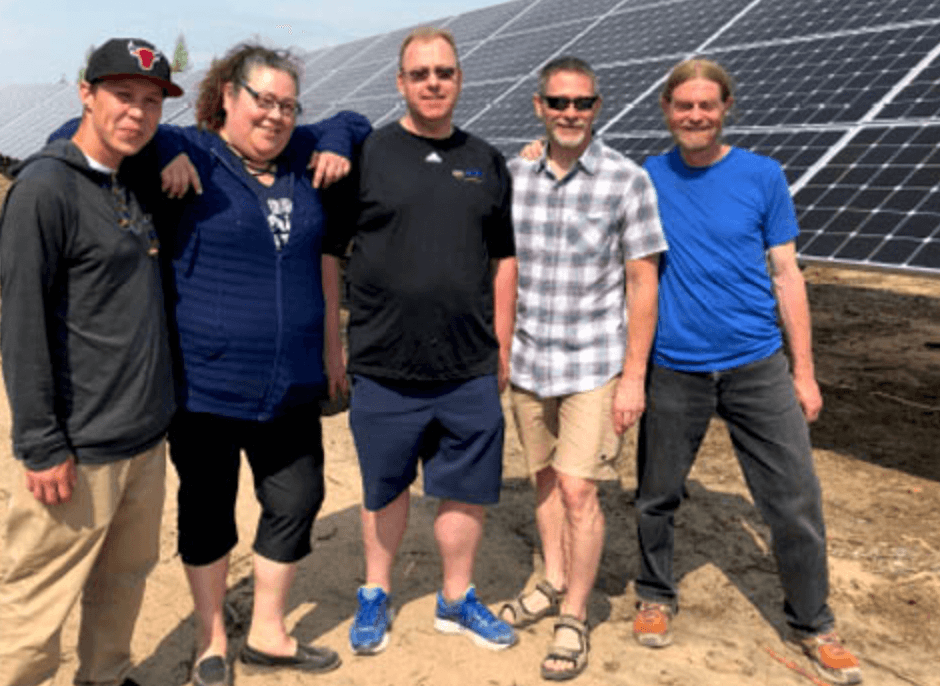
In a picture in which Canadian native ancestral lands are often denuded and polluted by oil speculation, including neighbouring Fort McKay (where emissions from a controversial oil pipeline project have poisoned plants and fish), Fort Chipewyan is a brighter picture. The Three Nations Energy Solar farm was launched November 17, 2020 with a ceremony at the solar farm in Fort Chipewyan featuring indigenous drummers and prayers as well as tearful thanks from the directors of 3NE.
The group now plans to set up hydroponics food production and support other indigenous green energy initiatives across Canada. This model of use of renewable energy goes to prove, Chief Allan Adam of the Athabasca Chipewyan First Nation says, what can be done if indigenous communities have a 100 percent stake in their natural resources, as well as their future.
“We work with the sun, we work with the wind, we work with mother nature and we work with the water for the children of the future to give them a better life, a cleaner life,” he adds.
Author: Sally Howard, The India Story Agency for Sacred Groves
Images Credit: 3NE
Did you enjoy this article?
Share with friends to inspire positive action.


